Brentwood: (615) 235-1966

4 Tips To Avoid Bad Toothbrush Habits
Brentwood, TN

Good oral hygiene is essential for a healthful smile and overall health. Your toothbrush is essential in this endeavor, but you must use it properly. Unfortunately, many individuals develop poor toothbrushing behaviors over time, which can result in dental problems. This blog will discuss four essential guidelines for avoiding bad toothbrush habits. By adhering to these guidelines, you can preserve the health of your teeth and gums, reduce the risk of dental issues, and enjoy a gleaming smile for years to come.
Choose the Right Toothbrush
Selecting the right toothbrush is the first step in establishing good dental habits. Here are some key considerations:
Soft Bristles: Opt for a toothbrush with soft bristles. Hard or medium bristles can be abrasive and damage your enamel and gums.
Size and Shape: Choose a toothbrush with a size and shape that comfortably fits your mouth. A smaller head can reach all areas of your mouth more effectively.
Manual vs. Electric: Both manual and electric toothbrushes can be effective. Choose the one that you find easiest to use consistently. Some people find that electric toothbrushes with timers are helpful for ensuring they brush for the recommended two minutes.
ADA Seal of Approval: Look for the American Dental Association (ADA) seal on the toothbrush package. This indicates that the product has met certain safety and effectiveness criteria.
Proper Brushing Technique
The brushing technique is crucial to effective plaque removal and gum health. Follow these steps for proper brushing:
Angle the Bristles: Hold your toothbrush at a 45-degree angle to your gumline. This helps clean both the teeth and the gumline.
Gentle Pressure: Avoid using excessive pressure. Brushing too hard can lead to enamel erosion and gum recession.
Circular Motion: Use a gentle circular motion rather than harsh back-and-forth scrubbing. This helps dislodge plaque and debris.
Two-Minute Rule: Brush for a full two minutes each time. Divide your mouth into four quadrants and spend 30 seconds on each.
Don’t Forget the Tongue: Gently brush your tongue or use a tongue scraper to remove bacteria and freshen your breath.
Replace Your Toothbrush Regularly
Over time, toothbrushes wear down and become less effective at cleaning your teeth. It’s crucial to replace your toothbrush or toothbrush head regularly:
Every 3-4 Months: The ADA recommends replacing your toothbrush or head every three to four months. This ensures that the bristles are in optimal condition for effective cleaning.
After Illness: If you’ve been sick, replace your toothbrush immediately to prevent the spread of bacteria.
Frayed Bristles: If the bristles are frayed or splayed before the recommended timeframe, replace your toothbrush sooner.
Avoid Overbrushing
Overbrushing, also known as “toothbrush abrasion,” is a common mistake that can harm your teeth and gums. Here’s how to avoid it:
Time Your Brushing: Brushing for too long or too frequently can lead to overbrushing. Stick to brushing twice a day for two minutes each time.
Gentle Pressure: Reiterate the importance of gentle pressure while brushing to prevent enamel erosion and gum damage.
Choose a Soft Toothbrush: Using a toothbrush with soft bristles is crucial to prevent overbrushing.
Don’t Brush Immediately After Meals: Wait at least 30 minutes after eating before brushing. Acidic foods and beverages can soften enamel temporarily, and immediate brushing can exacerbate the erosion.
Maintaining good oral hygiene starts with proper toothbrushing habits. You can keep your smile healthy and beautiful by choosing the right toothbrush, using the correct brushing technique, replacing your toothbrush regularly, and avoiding overbrushing. Remember that regular dental check-ups with your dentist are also essential for monitoring your oral health and addressing any issues that may arise. With these four tips, you’ll be well on your way to avoiding bad toothbrush habits and enjoying a lifetime of optimal oral health.


